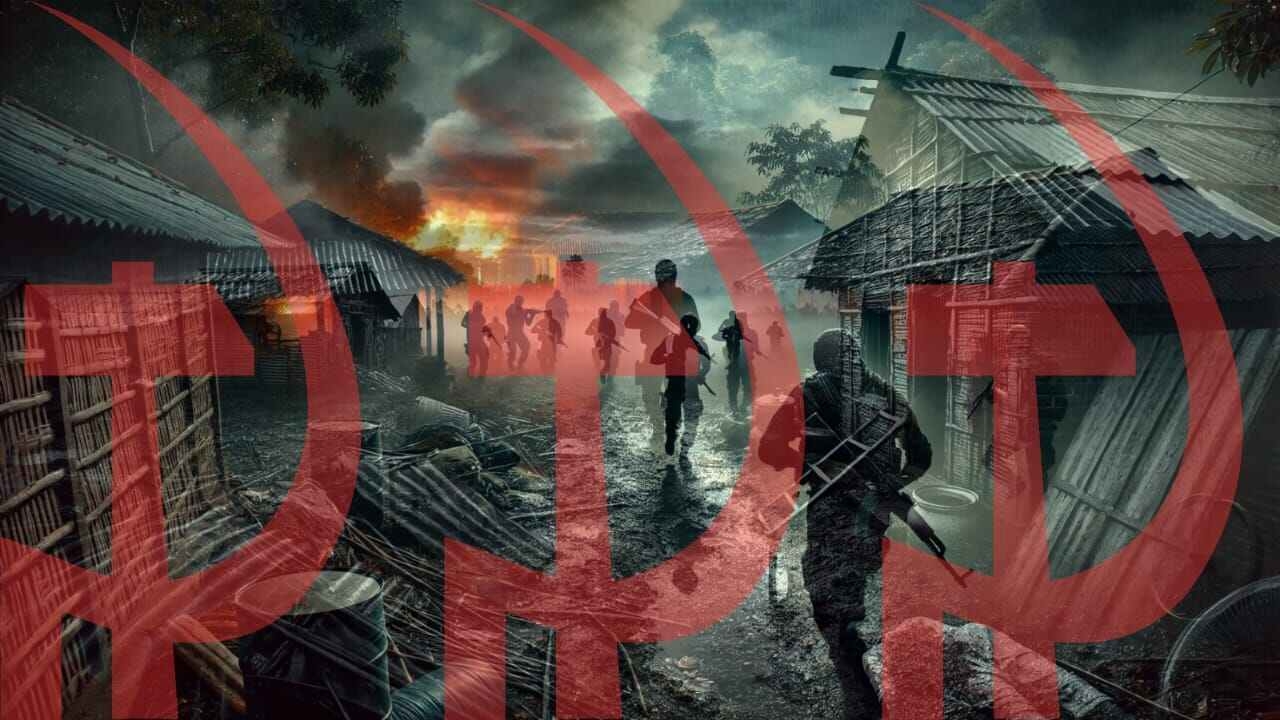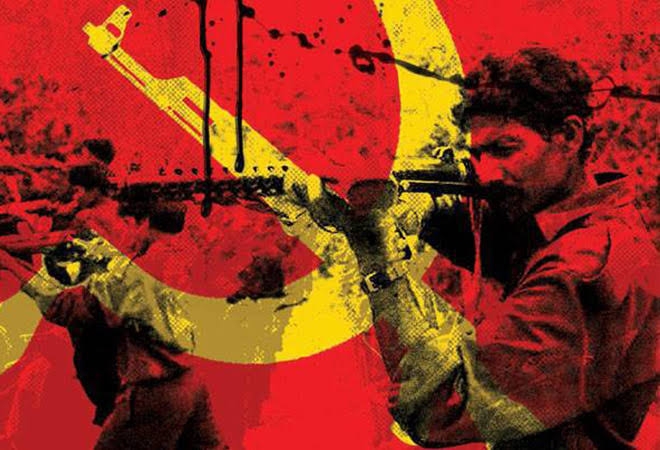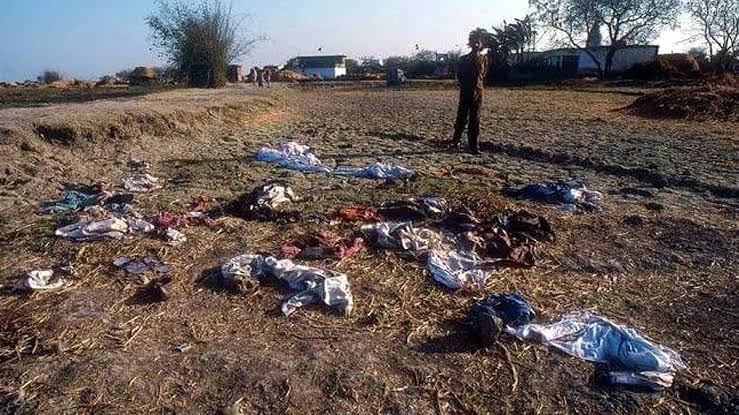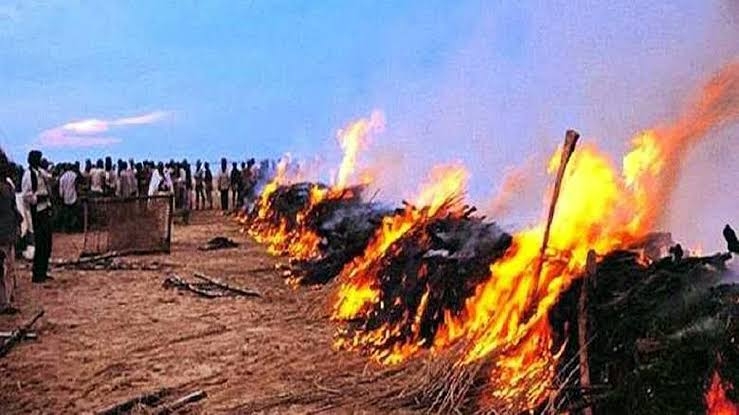Bara Massacre : The Cold-Blooded Reality of Communist Terror

The Bara Massacre of 1992 in Gaya, Bihar, stands as a gruesome chapter in the history of Communist-Maoist-Naxalite terrorism in India. This horrific event is not just an example of the brutality of Maoist terrorist but also a stark representation of how communist ideology can fuel terror, leading to cold-blooded massacres.
In analyzing the Bara massacre, it is important to examine the context in which it occurred, the propaganda propagated by the communists, the sheer cruelty of the massacre, and ultimately, the grim reality of Maoist ideology and its consequences.
The Rise of Naxalism-Maoism in Bihar
To understand the Bara massacre, one must first look at the rise of Naxalism in Bihar during the 1980s and early 1990s. Maoist terrorism were initially inspired by the Chinese dictator Mao Zedong.
In the context of Bihar, Maoist insurgents found fertile ground for their propaganda, especially in rural areas where land reforms had failed and socio-economic disparities were glaring.
This allowed the Maoist Communist Centre to exploit the grievances of "so-called" marginalized sections of society, pushing them to believe that violence was justified to rectify inequalities.

Naxal cadres, emboldened by this rhetoric, began carrying out violent attacks against landlords, the police, and civilians, all in the name of what they dubbed the "people's war."
The Bara Massacre: A Cold-Blooded Attack
The Bara massacre occurred on February, 1992, in the remote village of Bara, in Gaya district. It was one of the most notorious massacres carried out by Maoist terrorist during this period. 34 people, including women and children, were killed in cold blood by Maoist terrorist who were motivated by a combination of retribution and the desire to further their agenda of terror. The victims were local villagers, mostly landowners, perceived by the Maoists as representatives of an oppressive system.
What made this massacre even more horrifying was the fact that it wasn’t an isolated incident but part of a larger campaign of terror by Maoist groups in Bihar. The Bara massacre became emblematic of the Maoist strategy: to strike fear into the hearts of those they deemed to be part of the "enemy class"—in this case, landowners and perceived upper-caste figures.
The Communist Propaganda Machine
Maoist terrorism lies a powerful propaganda machine that has been adept at spreading its violent ideology. The Bara massacre was not just the work of Maoist terrorist, but part of a larger narrative promoted by the Naxal leadership.
The communists, through their propaganda, presented themselves as liberators of the oppressed, fighting against a system they claimed to be exploitative and unjust. They portrayed their violence as part of a "revolution" against the oppression faced by the poor and the landless.

The propaganda of the Maoists does not take into account the human cost of their violent methods. Their depiction of "class struggle" glosses over the brutality and inhumanity of their actions, instead framing their terrorism as a righteous war against an unjust system. This approach has led to the perpetuation of violence, where innocent civilians are caught in the crossfire, and communities are torn apart.
In reality, the Maoist ideology is nothing but a justification for authoritarian control and senseless bloodshed. Their rhetoric about the "oppression of the poor" serves to mask the fact that their true goal is not the welfare of the masses, but the consolidation of power through violence. The Bara massacre was a grotesque reminder of this. It was not about social justice—it was about control and terror.
The Maoist Horror: Violence as a Tool of Power
The Bara massacre serves as a chilling reminder of the violence at the core of Maoist terrorism. What the communists fail to acknowledge is that their model of revolution is predicated on the subjugation of human beings. In their pursuit of an ideological utopia, they have no qualms about inflicting untold suffering on innocent people.

Maoist terrorist justify their actions by claiming that they are fighting for the rights of the marginalized. However, this justification rings hollow in the face of the Bara massacre, where entire families were wiped out simply because they were seen as part of the "oppressor class." The Maoists, despite their lofty ideals, are nothing more than perpetrators of indiscriminate violence, wielding power through fear and terror rather than through any sense of justice or morality.